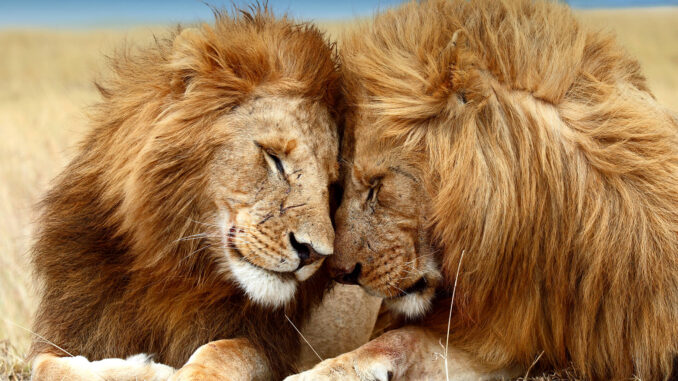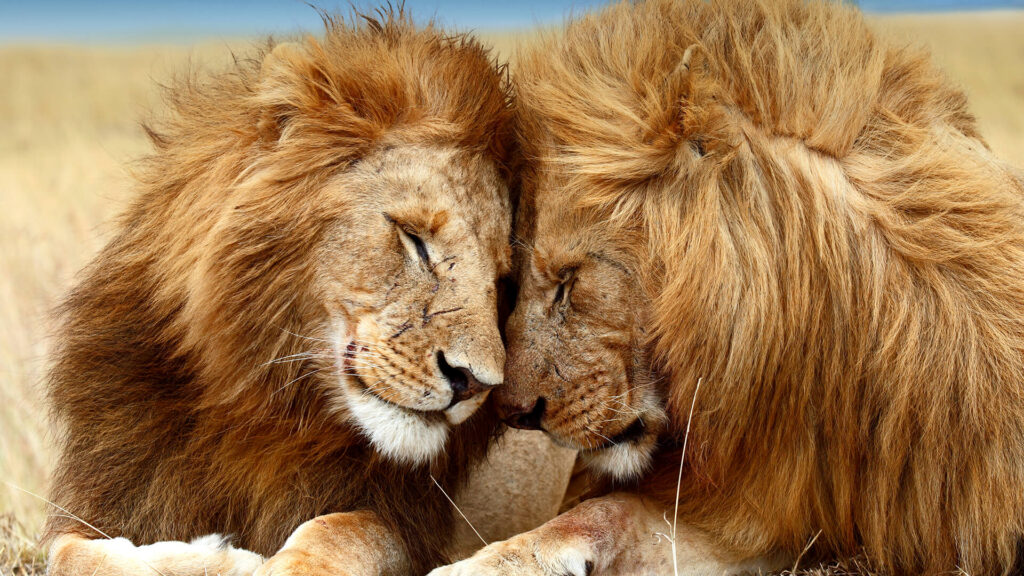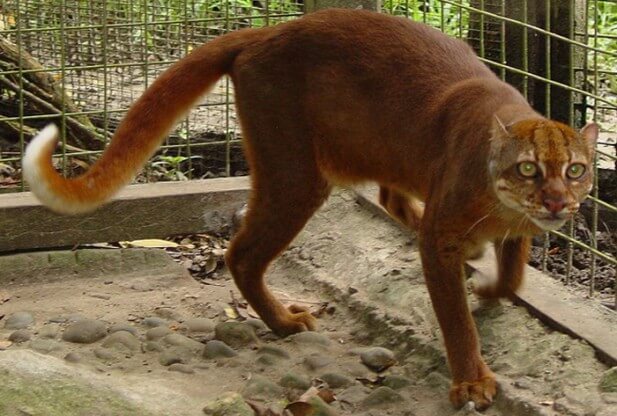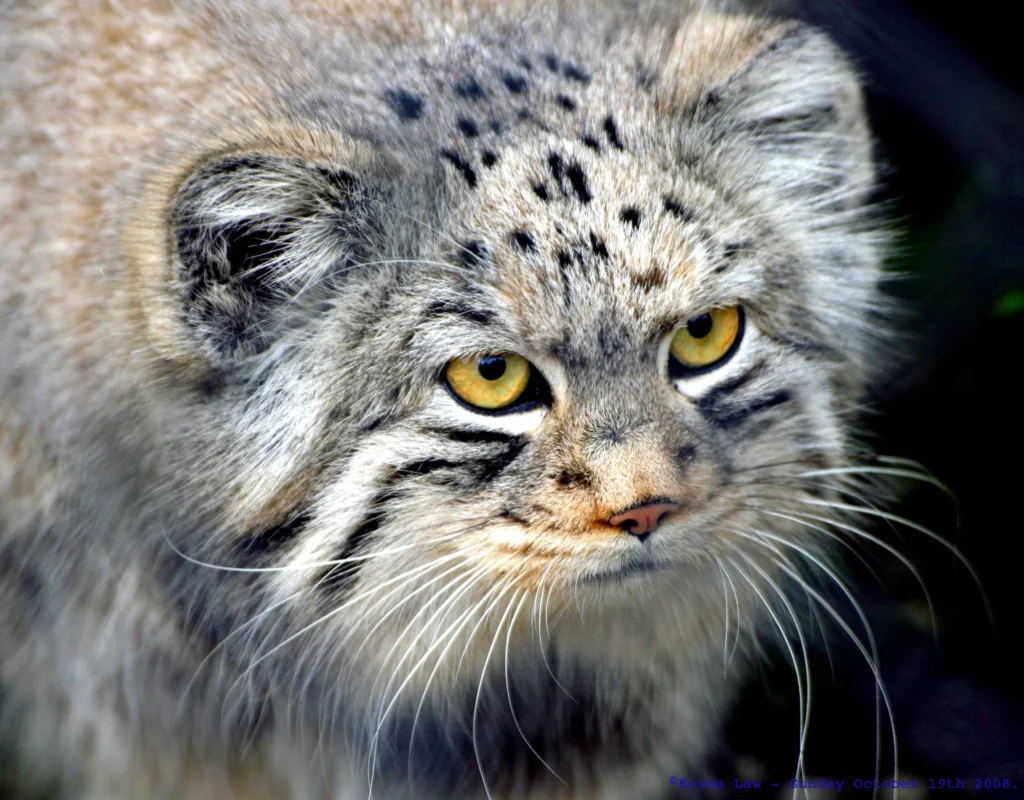
Wild cats are a fascinating group of animals that have captured the imagination of humans for centuries. There are over 40 species of wild cats worldwide, ranging from the well-known lions and tigers to the lesser-known sand cats and fishing cats. These cats are found in various habitats across the globe, from the savannas of Africa to the rainforests of South America.
Despite their name, not all wild cats are entirely wild. Some, such as the African wildcat and the jungle cat, have been domesticated to some extent and are kept as pets in some parts of the world. However, most wild cats are elusive creatures rarely seen by humans. They are skilled hunters and can take down prey much more significant than themselves. Some, like the cheetah, are known for their incredible speed, while others, like the snow leopard, are adapted to life in harsh, mountainous terrain.
Wild Cat Overview
Wild cats are a species complex comprising two small wild cat species: the European wildcat (Felis silvestris) and the African wildcat (F. lybica). The European wildcat inhabits forests in Europe, Anatolia, and the Caucasus, while the African wildcat inhabits semi-arid landscapes and steppes in Africa, the Arabian Peninsula, and Central Asia [1].
Wild cats are carnivorous animals that feed on small mammals, birds, reptiles, and insects. They are solitary hunters and are most active at night [2]. Wild cats have a lifespan of up to 15 years in the wild and weigh up to 5 kg [3].
The European wildcat has a gray-brown coat with black stripes on its legs and tail. Its ears are pointed with tufts of hair on the tips. The African wildcat has a sandy-yellow coat with black stripes on its legs and tail. It has a shorter tail and less prominent ear tufts than the European wildcat [1].
Wild cats are essential predators in their ecosystems and play a crucial role in controlling rodent populations. They are also threatened by habitat loss and fragmentation, hunting, and interbreeding with domestic cats [1].
In conclusion, wild cats are fascinating and essential cat family members. Their unique physical characteristics and hunting behaviors make them vital to their ecosystems. However, human activities threaten their populations, and conservation efforts are needed to protect these magnificent animals.
[1] Source: Wikipedia [2] Source: Animalia. bio [3] Source: Britannica
Characteristics of Wild Cats
Physical Attributes
Wild cats are medium-sized carnivorous mammals that belong to the Felidae family. They are known for their sharp claws, powerful jaws, and excellent hunting skills. Wild cats have a similar appearance to domestic cats but are larger and more muscular. The average weight of a wild cat ranges from 3 to 10 kg (6.6 to 22 pounds), and they can grow up to 50 to 80 cm (20 to 32 inches) in length, excluding a 25- to 35-cm (10- to 14-inch) tail.
Wild cats are well-adapted to their environment, and their fur provides excellent camouflage. The color of their fur varies depending on the species and the habitat they live in. For example, European wildcats have thick winter fur, sometimes making them look more significant than other wildcats. They have a light brown coat with black stripes and spots. African wildcats, on the other hand, have a sandy or reddish coat with black stripes on their legs and tail.
Behavior Patterns
Wild cats are solitary animals and are most active during the night. They are territorial and mark their boundaries by urinating or scratching trees. Wild cats are excellent hunters and can prey on small mammals, birds, and reptiles. They use their sharp claws and powerful jaws to catch their prey.
Wild cats are also known for their excellent climbing skills. They can climb trees to escape from predators or to hunt prey. Wild cats are also good swimmers and can swim across rivers or lakes to hunt for fish.
In conclusion, wild cats are fascinating animals with unique physical attributes and behavior patterns. They are well-adapted to their environment and have excellent hunting skills. Understanding the characteristics of wild cats is crucial for their conservation and protection.
Types of Wild Cats
Wild cats are a fascinating group of animals, with over 40 species found worldwide. These cats come in various shapes and sizes and can be divided into two main categories: big and small.
Big Cats
Big cats are members of the Panthera lineage and include some of the most iconic wild cats in the world. Here are some of the most well-known big cat species:
SpeciesDescription
Tiger: The largest of all the big cats, with distinctive orange fur and black stripes. Tigers are found in Asia and are critically endangered.
Lion: The only big cat that lives in groups, lions are known for their impressive manes and roars. They are found in Africa, and a small population lives in India.

Leopard: A stealthy and adaptable cat, leopards are known for their spotted fur and ability to climb trees. They are found across Africa and Asia.
Jaguar The most giant cat in the Americas, jaguars are known for their powerful jaws and distinctive black spots. They are found in Central and South America.
Small Cats
Small cats are a diverse group of wild cats with various sizes and appearances. Here are some of the most attractive small cat species:
Species Description
Borneo Bay Cat: A small cat with reddish-brown fur and distinctive white markings around the eyes. They are found only on the island of Borneo and are considered endangered.

Asiatic Golden Cat: A medium-sized cat with golden fur and black spots. They are found across Southeast Asia and are considered vulnerable.

Sand Cat: A small, desert-dwelling cat with large ears and sandy-colored fur. They are found in North Africa and the Middle East.

Pallas’s Cat: A small cat with a round face and thick fur. They are found in Central Asia and are known for their grumpy expression.

Overall, wild cats are a diverse and fascinating group of animals, and each species has unique characteristics and adaptations. Whether big or small, these cats are essential to the world’s ecosystems and deserve our protection and respect.
Wild Cat Habitats
Wild cats are found in a variety of habitats across the world. They are adaptable animals that can thrive in different environments, from tropical forests to deserts. In this section, we will explore the different habitats in which wild cats can be found.
Tropical Forests
Wild cats are known to inhabit tropical forests, dense and humid environments with high levels of rainfall. These forests are home to many prey species, such as monkeys, birds, and small mammals, which provide food for wild cats.
Wild cats can be found in the understory and canopy layers in tropical forests, where they hunt and rest. They are well adapted to this environment, with sharp claws that allow them to climb trees and agile bodies that enable them to move quickly through the dense vegetation.
Grasslands
Wild cats can also be found in grasslands and open environments with low levels of rainfall. These habitats are home to various prey species, such as rodents, rabbits, and birds, which provide food for wild cats.
Wild cats can be found in areas with tall grasses and shrubs in grasslands, where they can hide and stalk their prey. They are well adapted to this environment, with keen senses of sight and hearing that allow them to detect prey from a distance.
Deserts
Wild cats are also found in desert environments, which are dry habitats with low levels of rainfall. These habitats are home to a variety of prey species, such as rodents, lizards, and snakes, which provide food for wild cats.
In deserts, wild cats can be found in rocky outcrops and sparse vegetation, where they can hide and hunt their prey. They are well adapted to this environment, with thick fur that protects them from the harsh sun and sand, and can conserve water by obtaining moisture from their prey.
Wild cats are adaptable animals that can thrive in various habitats, from tropical forests to deserts. Their ability to survive in different environments is a testament to their resilience and adaptability.
Conservation Status
Wild cats face numerous threats to their survival, including habitat loss, hunting, and poaching. As a result, many species of wild cats are currently classified as vulnerable, endangered, or critically endangered. This section will discuss the threats to wild cats and the conservation efforts to protect them.
Threats to Wild Cats
Habitat loss is one of the biggest threats to wild cats. As human populations grow, wild habitats are being destroyed to make way for agriculture, logging, and urbanization. This habitat loss leads to fragmentation of wild cat populations, making it harder for them to find mates and maintain genetic diversity.
Another major threat to wild cats is hunting and poaching. Wild cats are hunted for their fur, which is used in the fashion industry, and for their body parts, which are used in traditional medicine. In addition, wild cats are often killed by farmers who see them as threatening their livestock.
Climate change is also a growing threat to wild cats. As temperatures rise, habitats change, and many wild cat species struggle to adapt. This can lead to a decline in their population and, in some cases, even extinction.
Conservation Efforts
Conservation efforts are being made to protect wild cats and their habitats. One of the most effective ways to protect wild cats is to create protected areas, such as national parks and wildlife reserves. These areas provide a haven for wild cats and other endangered species.
In addition, conservation organizations are working to raise awareness about the threats facing wild cats and to promote sustainable practices that can help protect their habitats. For example, some organizations are working with farmers to promote livestock management practices that reduce the risk of wild cat attacks while also protecting the farmers’ livelihoods.
Breeding programs are also being used to help boost wild cat populations. These programs aim to breed captive wild cats and release them into the wild to help bolster wild populations.
Overall, conservation efforts are crucial for protecting wild cats and ensuring survival. By working together, we can help protect these magnificent creatures and the habitats they depend on.
Interaction with Humans
Wild cats have been depicted in friendly interactions with humans in various media, which has distorted perception and encouraged interactions with wild cat species. A study by PubMed found that portraying wild cat species in interactions with humans reduced the fear of wild cats, encouraged people to regard WTAs with wild cats as acceptable, and stimulated them to participate in such activities. This portrayal of wild cats interacting with humans affects people’s desire to engage in such interactions. It distorts their perception of the suitability of wild cats for WTAs in which tourists interact with wild cats.
The interaction between humans and cats in urban environments is subject to dynamic change, and based on the frequency and quality of relations with humans, we can distinguish several populations of domestic cats (Felis catus): pedigree, pet, semi-feral, feral, and pseudo-wild. Semi-feral cats are those that have been born and raised in the wild but have had some interaction with humans, while feral cats are those that have had little to no contact with humans. Pseudo-wild cats have been born and raised in captivity and have been selectively bred to look like wild cats, such as the Bengal cat.
Scientists have shown that, for adult cats to be affectionate with humans, they must have been handled during the 2- to 7-week period after their birth. This is called the socialization period, a critical time for kittens to learn how to interact with humans and other cats. Kittens that have not been handled during this period may never be comfortable around humans and exhibit fearful or aggressive behavior.
It is important to note that cats toward the unsocialized or feral end of the continuum will never be comfortable living with people and are unadoptable as an indoor cats. Rather than killing these cats, shelters should adopt or support a TNR, Shelter-Neuter-Return (SNR), or Return-to-Field (RTF) program. These programs aim to trap, neuter, and release feral cats back into their original habitat while providing them food, water, and shelter. This approach helps reduce the population of feral cats while improving their quality of life.
Conclusion
In conclusion, the African Wildcat is one of the smallest members of the cat family, with numerous natural predators, including larger cat species and birds of prey. This wildcat is descended from Felis libyca, the tiny African bush cat.
While the African Wildcat is not considered endangered, its population is declining due to habitat loss and hybridization with domestic cats. Domestic cats, both free-ranging pets and feral cats, have been found to impact wildlife in various ways, including predation, competition, disturbance, disease transmission, and hybridization.
It is important to note that the African Wildcat plays a crucial role in its ecosystem as a predator and prey. Therefore, conservation efforts should focus on protecting their habitats and minimizing the impact of domestic cats on the wildcat population.
Overall, the African Wildcat is a fascinating and vital member of the cat family, and efforts should be made to protect and preserve its population for future generations to enjoy and learn from.

Leave a Reply